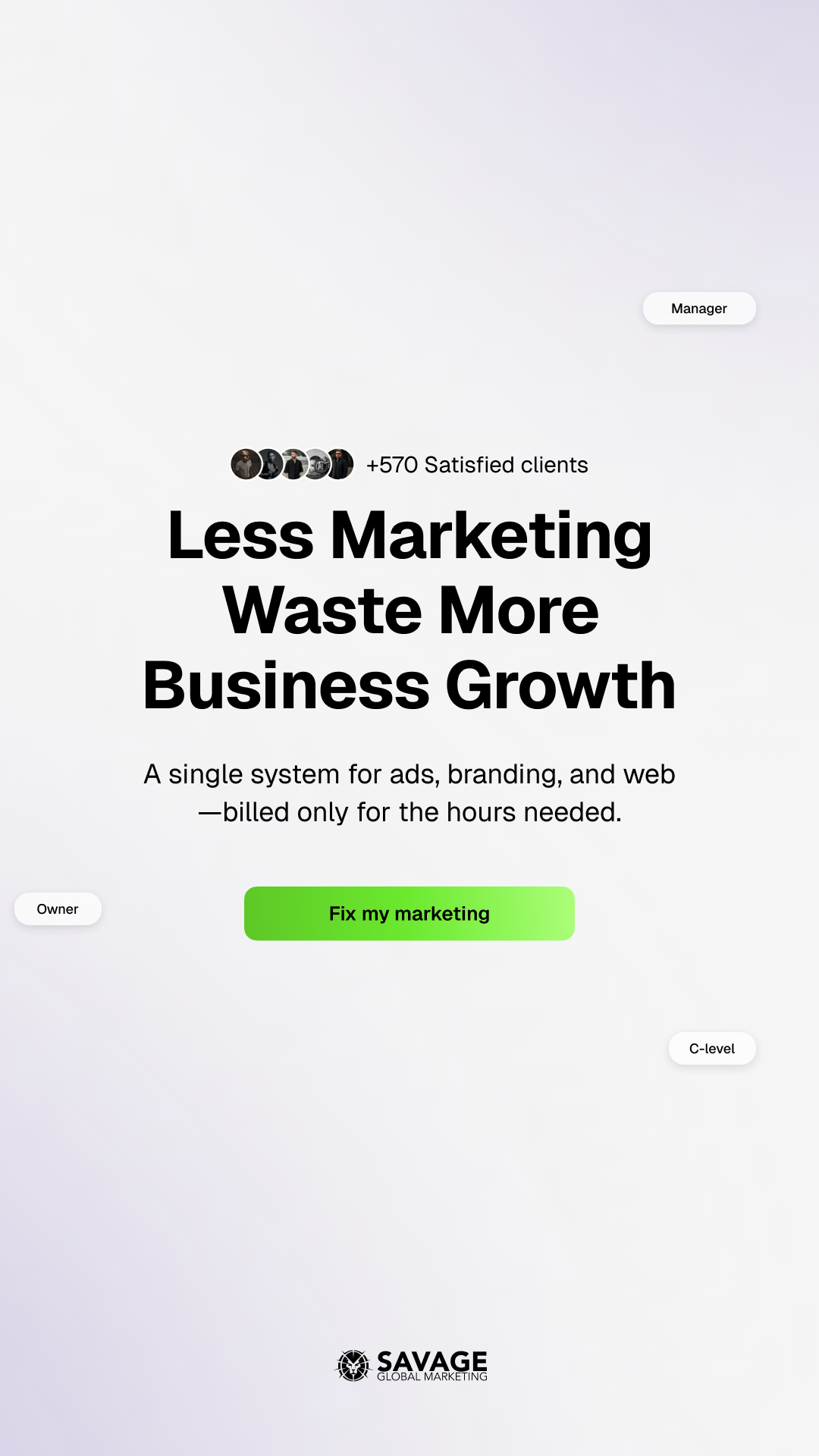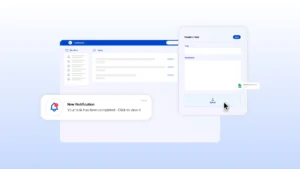Nothing convinces like real-world results. For marketing directors, brand strategists, and creative leads evaluating hour-based marketing, the question often comes down to: “Will this work for us?” While theory and promises matter, seeing tangible outcomes from peers and similar industries can seal the deal.
Savage Global Marketing’s hour-based subscription model, powered by Lionshare.app, has helped numerous brands break through plateaus, tackle complex challenges, and drive measurable returns. Let’s explore a few success stories that illustrate the impact of transparency, flexibility, and data-driven decision-making.

Case Study 1: A Luxury E-Commerce Brand Boosts Conversion Rates
Challenge: A high-end fashion retailer struggled to convert site visitors into paying customers. Despite premium branding, conversions lagged due to a suboptimal checkout process and static ad creative.
Hour-Based Approach:
- Allocated initial hours to conversion rate optimization (CRO): analyzing user flow, testing new checkout layouts, and refining product imagery.
- Shifted hours to paid social campaigns once initial CRO tests showed results, using the improved landing pages to maximize ROAS.
Outcome: Within 3 months, the brand’s conversion rate rose by 20%. By tracking the hours spent on CRO versus ad creative adjustments, the marketing team identified precisely which efforts contributed to the lift. Armed with these insights, they confidently scaled successful tactics, achieving a higher ROI on both ad spend and design hours.
Case Study 2: A B2B SaaS Company Accelerates Lead Generation
Challenge: A SaaS firm offering enterprise solutions needed a surge in qualified leads to meet aggressive sales targets. Their previous agency retainer model included predetermined deliverables that didn’t correlate directly to lead quality.
Hour-Based Approach:
- Dedicated hours to A/B testing different ad copy, landing page variations, and targeted LinkedIn campaigns.
- Used Lionshare.app to identify top-performing channels, then rapidly reallocated hours away from low-yield tactics to double down on high-converting keywords and remarketing lists.
Outcome: Within a single quarter, the SaaS company saw a 35% increase in sales-qualified leads at a 20% lower cost per lead. The hour-based model allowed for nimble adjustments—each test informed the next iteration, ensuring that every dollar and hour improved lead quality.

Case Study 3: A Global Consumer Goods Brand Adjusts to Market Shifts
Challenge: A consumer goods giant with a global footprint struggled to maintain consistent campaign performance across regions. Traditional marketing contracts lacked the flexibility to adapt when certain locales underperformed.
Hour-Based Approach:
- Began by dedicating hours to key regions expected to deliver growth.
- Monitored performance data closely through Lionshare.app. When a new market emerged as a surprise star, hours were swiftly moved to ramp up localized campaigns. Conversely, underperforming regions received fewer hours to minimize wasted spend.
Outcome: Over six months, the brand’s international campaigns became more targeted and ROI-friendly. By dynamically reallocating hours, they captured new opportunities, boosted average order values in thriving regions, and avoided pouring resources into low-yield markets. The result was a 25% overall improvement in global marketing efficiency.
Case Study 4: A Health & Wellness Startup Validates a New Marketing Channel
Challenge: A young health and wellness startup wanted to test influencer marketing but worried about committing too much budget without proven ROI.
Hour-Based Approach:
- Invested a small portion of monthly hours into influencer outreach.
- Tracked immediate results—engagement, referral traffic, and subscriber sign-ups—through Lionshare.app and Google Analytics integrations.
Outcome: After identifying one influencer who consistently delivered high-quality leads, the startup reallocated more hours to expand that partnership. This data-driven, incremental approach limited risk and confirmed influencer marketing as a sustainable growth channel. Over a quarter, influencer collaborations contributed to a 15% increase in total revenue.
What These Stories Have in Common
Each success story demonstrates the core advantages of hour-based marketing:
- Transparency: Instead of guessing which tactics paid off, these brands saw exactly where hours were invested and how those hours translated into results.
- Flexibility: When something worked, they did more of it. When it didn’t, they changed course—no waiting for a new contract or adjusting a fixed scope.
- Strategic Focus: With clarity into hours spent and outcomes achieved, they continually fine-tuned their strategy, investing in what truly moved the needle.
Applying These Lessons to Your Brand
Real-world examples prove that hour-based marketing can benefit companies of all sizes, industries, and strategic goals. Whether you’re trying to enter a new market, validate a new channel, or improve conversion rates on your existing funnel, the model’s adaptability ensures your resources align with the most impactful opportunities.
For marketing leaders, this represents a paradigm shift. Instead of feeling locked into rigid retainers or standard subscriptions, you gain the freedom to test, learn, and scale your most successful tactics. Over time, these adjustments compound, driving sustained improvements in ROI and long-term growth.
As these brands show, making the leap to an hour-based approach isn’t just about operational efficiency—it’s about unlocking greater strategic value, aligning marketing spend with measurable outcomes, and ultimately, transforming how you approach your entire marketing ecosystem.



